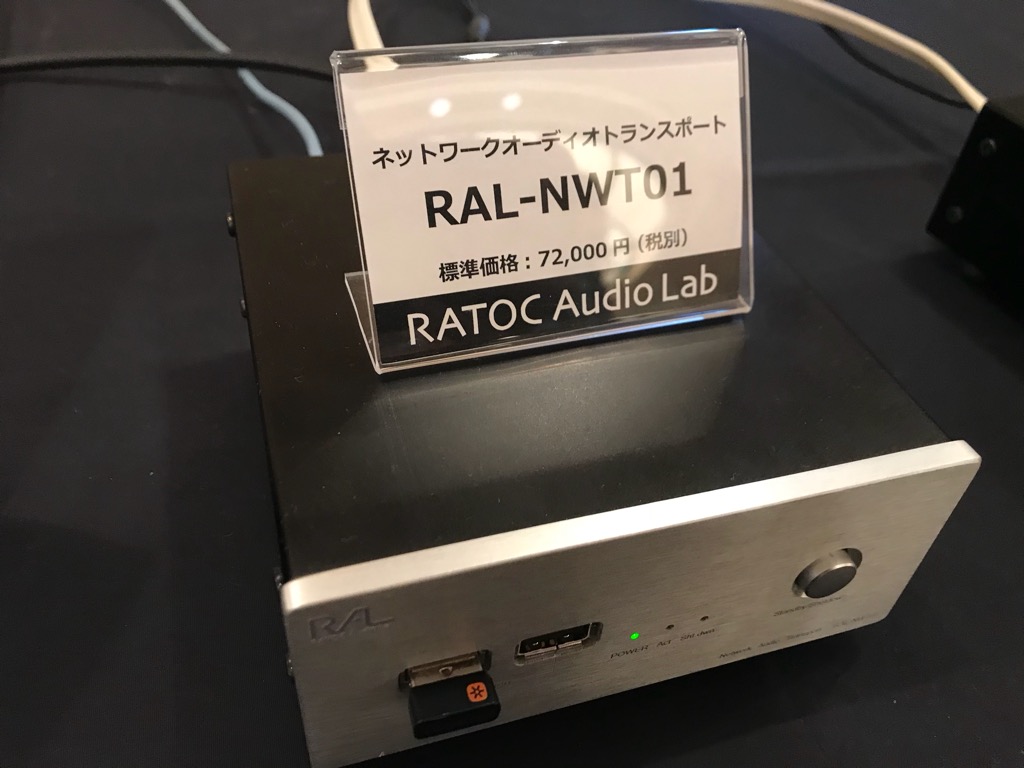
Here is a youtube video showing it’s capabilities: /watch?v=w4vSTq2WhN8 This is a smart power controller which allows you to have an external shutdown/reboot button to safely shutdown the Raspberry Pi without needing to login and issue a shutdown or reboot command. The front power switch functionality is controlled by the excellent ATXRasPi unit ( /atxraspi/). The reason I went for a variable regulator instead of a fixed 5v one is that I find the Raspberry Pi is much more stable if the voltage is set at about 5.15v especially if a USB WiFi adapter is used. However, I decided to do away with this power arrangement and instead put in a conventional analogue power supply consisting of a toroidal transformer with a dual 9v 30VA sedcondary which then feeds a variable analogue voltage regulator. The case comes with an external brick type 12v 5A power supply and there is a switching regulator inside the case to generate the normal ITX motherboard voltages. The case used for the project is the Power Cool Q6 Mini ITX case which is the perfect size measuring 200mm wide by 225mm deep by 55mm high. Add to this the fact that there is no local GUI means that there is very low CPU overhead which means it can dedicate it’s time to decoding the audio. Basically the digital audio data is just decoded by the Pi and then the data is serially clocked out over the I2S data line into the DAC. The benefit of the I2S interface is that there is very little CPU overhead required to drive it which is in contrast to a USB connected DAC. Therefore I decided to go for an I2S DAC which connects directly to connector P5 on the Pi which as it stands does not have a header soldered on the board so the first thing I had to do was to fit a two row by four pin header to this location. I also found connecting a USB DAC to be unreliable with occasional drop-outs and clicks etc. The standard analogue audio output can not be considered audiophile quality and, although I have not tried it myself, I am reliably informed that the HDMI audio is not great either.

One of the shortcomings of the Raspberry Pi as it stands is the audio performance. My design brief was to build a headless DLNA audio renderer that could be controlled from JRiver and play bit perfect audio at the best possible quality predominantly for headphone listening so minimal background noise and good signal to noise ratio were important factors. I know this has been done by others but I figure the more the merrier. The item in question is an audio streamer based on a Raspberry Pi that is optimised for sound quality. I have just put the finishing touches on a project that I am quite proud of. However, shortly after the original post I settled on Volumio and it has been running that way for the last four months with no issues whatsoever. In the post I originally stated that I was undecided between Volumio and RuneAudio.
#JRIVER MEDIA CENTER RASPBERRY PI SOFTWARE#
This was originally posted in the JRiver Media Center forums as that is the software that I am using to control the DLNA renderer. Here is a Raspberry Pi / Volumio project that I made.


 0 kommentar(er)
0 kommentar(er)
